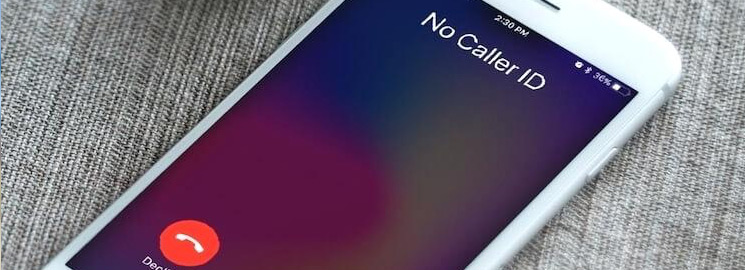For decades, the best and often only way to reach someone out of earshot was to call them on the phone. Since then, the internet has brought chat, FaceTime, Instagram, Snapchat stories and a host of other ways to keep in touch that made phone calls seem wildly inefficient. For many of us, the phone call over the past few years has gone the way of the telegraph and the typewriter. Is this good or bad?
According to new figures, the volume of phone calls in 2011 dropped for the first time ever with people preferring to text friends and family instead of making a phone call to them. And so, research is tell us that not a good thing. We need voice back in our communication.
So voice has many advantages. A 2016 Yale School of Management study found people can assess others’ emotions most accurately when communicating solely via voice—far better than written or computer-spoken words, and even better than video chatting. And if you’re in it for the speed alone, you can probably speak twice as fast as you can type.
And so, the problem with phone calls was never the talking. It was all the related complexities. You dial a bunch of numbers. You wait while it rings, not knowing if they’ll answer. (If they don’t, this was all for nothing.) If they do, you start with hellos, some self-identification and some small talk before you get to why you called. Then there’s more small talk and finally a protracted goodbye. A three-second question—Where should we go to dinner?—requires a five-minute conversation. So you see where I’m going here.
Well, during the transition from calls to texts, the research has shown we have lost the warmth and humanity that made the phone work in the first place. I’m not plotting for the days of the loudly spinning rotary phone, though. Better ways to actually talk to people already exist. A few companies are building tools that improve upon what didn’t work about phone calls, making them less disruptive and more productive.
At the same time, a new type of chat is sitting right under our noses. It’s called voice messaging, and it deserves a place alongside text and video as core parts of how we chat in the digital age.
If you’re one of the many Apple iMessage user, just press and hold the microphone to the right of the text box, then record your message and swipe up to send it. Android’s version is a bit clunkier but essentially the same. Either way, your audio will appear in the same thread as the texts, pictures and GIFs you’ve been sending back and forth.
It isn’t as real-time as a phone call, but it doesn’t demand your full and undivided attention, either. It’s just another way to talk, for when you can’t type or don’t want to.
I recommend that iPhone users go to Settings > Messages and choose to delete voice messages two minutes after they’re played. It’s a good privacy practice and will save you some storage. You also can enable a feature that plays your new voice messages when you raise your phone to your ear, which makes it feel even more like a walkie-talkie.
We need a way to preserve our most salient mode of communication but strip away all the cruft. The answer might be in voice messaging since it offers the warmth of a phone call, with none of the time-sucking technological hurdles or social norms.
Since its possible in the apps you already use to communicate, voice texting further allows for higher clarity of voice, convenience of listening to it whenever you can, and the available from many of our current devices. Think about it, dictating text messages might be the next social revolution.


Leave a Reply